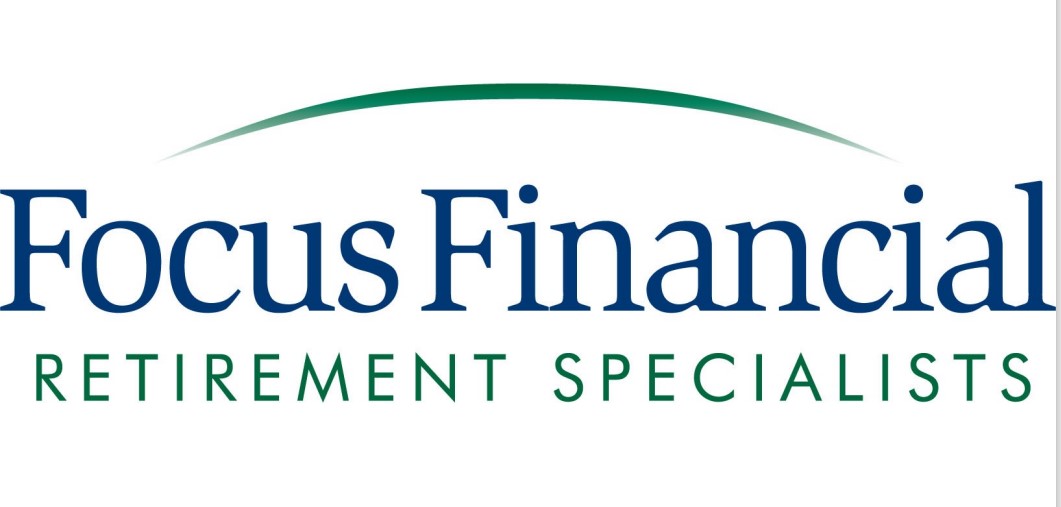Cultivating a realistic budget can help you harvest a better financial future
Spring is here and it’s time to think about growth potential—for both your garden and your journey toward financial wellness! The following steps can help you cultivate a budget that works for your life, so you don’t have to worry about falling short of your financial goals.
Step 1: Sow Your Seeds
Take the time to think about your financial goals and actually write them down. Examples include building up an emergency fund, saving for a new car or home, starting a college education fund for a child, or increasing your retirement savings by 1% a year. Make sure the goals are measurable and include actual dollar amounts and time frames. Here are some examples of measurable financial goals:
- Have a $1,000 emergency fund built up in 10 months.
- Pay off $5,000 credit card debt in 18 months.
- Increase the retirement plan contribution rate by 1% by May 31, 2021.
- Open a 529 college savings account with an automatic monthly contribution of $50 by December 31, 2021.
Divide the dollar amount by the number of months in your time frame to figure out your monthly goal. If your goal is to build up a $1,000 emergency fund in 10 months, your monthly goals is $1,000 divided by 10, which equals a $100 monthly contribution.
Step 2: Water Regularly
Before you can establish a budget, you have to know exactly how much money you have coming in every month from your employer and other sources. Make sure to include only the money you actually receive (the exact amount of your net paycheck, not your gross pay before taxes and other deductions).
Step 3: Establish Weed Control
You can’t budget until you know how much money you’re spending each month. When figuring out your monthly expense number, be sure to include the following major spending categories:
- Groceries
- Rent or mortgage
- Car loan payment
- Student loan payment
- Credit card payment(s)
- Cell phone service
- Cable/streaming/wifi service
- Entertainment/dining out/take-out
- Utilities (water/electric/garbage/etc.)
Also remember to include occasional expenses, such as doctor and dentist visits and veterinary/pet expenditures (if applicable), as well as car and other insurance payments. It’s also important to look through past bank and credit card statements to get a realistic picture of your spending.
Step 4: Check Your Soil Quality
To take your first stab at a budget, add your monthly expenses from Step 3 to the monthly goals you calculated in Step 1. Then, subtract that total from your monthly income calculated in Step 2. If the balance is positive, you’ve created a budget that works for your current lifestyle. Here’s an example:
Sample Budget
Monthly income (from Step 2) $3,000
Monthly living expenses (from Step 3) ($2,100)
Monthly financial goals (from Step 1) ($750)
Total left over $150
If the balance is negative, you have some more work to do. That leads us to Step 5.
Step 5: Add Compost if Necessary
If the first swipe at your budget came out negative, rework the numbers and try again. For example, you can revisit expenses and decide which ones are top priority and need to stay in your budget and which you can do without. You can also consider changing the amount of time needed to meet your financial goals. Or you can figure out a way to increase your income.
Step 6: Cultivate Your Green Thumb
To keep yourself moving forward toward achieving financial wellness, give us a call at 231-843-1516 to speak with an advisor today.
This material was created for educational and informational purposes only and is not intended as ERISA, tax, legal or investment advice. If you are seeking investment advice specific to your needs, such advice services must be obtained on your own separate from this educational material. Kmotion, Inc., 412 Beavercreek Road, Suite 611, Oregon City, OR 97045; www.kmotion.com ©2021 Kmotion, Inc. This newsletter is a publication of Kmotion, Inc., whose role is solely that of publisher. The articles and opinions in this newsletter are those of Kmotion. The articles and opinions are for general information only and are not intended to provide specific advice or recommendations for any individual. Nothing in this publication shall be construed as providing investment counseling or directing employees to participate in any investment program in any way. Please consult your financial advisor or other appropriate professional for further assistance with regard to your individual situation.
